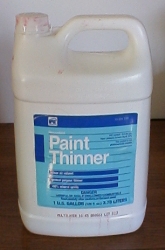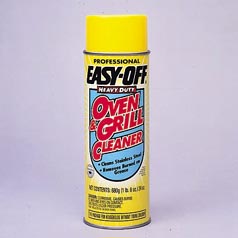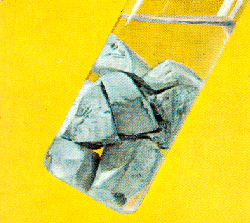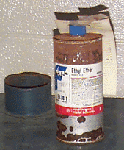UNIVERSITY OF WISCONSIN River Falls
Risk Management
Hazardous Waste Safety
Hazardous wastes are defined by the EPA and the Wisconsin DNR as wastes which have the potential to harm the environment or human health. All such wastes are managed on the UWRF campus by the Risk Management Officer.
Special labeling and management requirements apply to hazardous wastes. All such wastes must be labeled “Hazardous Waste,” the contents must be clearly identified on the label, the container must be kept closed, and the wastes must be placed in secondary containment to minimize the possibility of environmental release. Such wastes must be shipped off campus for proper disposal using the state approved contract; shipping occurs within nine months of the material being identified as a hazardous waste. If you have any such wastes or have questions as to whether your wastes meet the criteria below, contact Risk Management for more information.
Hazardous wastes all have at least one of five categories of hazards:
- Ignitable wastes have flash points below 140 degrees F. these include all Flammable and some Combustible materials. The largest volume of hazardous wastes are ignitable. Also included here are oxidizers such as chlorine or peroxides which accelerate burning. Paint thinners and organic chemicals are examples.

Paint Thinner
- Corrosive wastes have extreme pH values. They are either very acidic or very basic with pH values < 2 or > 12.5. Oven cleaners and battery acid are examples.

Oven Cleaner
- Reactive wastes are unstable and can decompose rapidly or explode. Materials which can react with water or air are included. Also included are solutions which could release hydrogen cyanide or hydrogen sulfide gases. Sodium metal, gunpowder, or sodium cyanide solutions are examples.

Sodium Metal
- Toxic by leaching procedure wastes are wastes which have the potential to contaminate ground water with heavy metals such as lead or mercury, pesticides, or other toxic organic chemicals such as carbon tetrachloride. Materials containing lead, mercury, cadmium, barium, chromium, silver, arsenic, and selenium are examples.

Computer monitor containing Lead
- Toxic chemicals are chemicals which are present in commerce in relatively high volumes and which are toxic to human health or the environment. These are listed by both the EP and the Wisconsin DNR and include chemicals such as benzene, xylene, and ether.

Ethyl Ether










